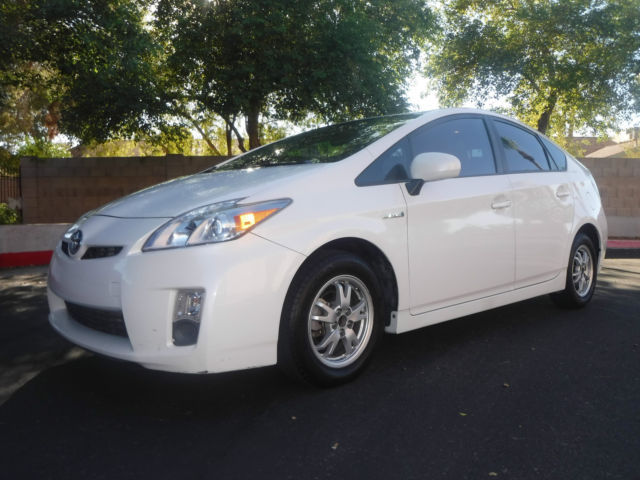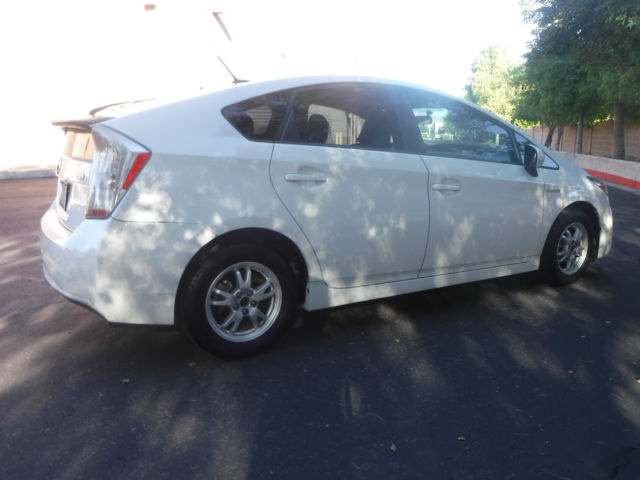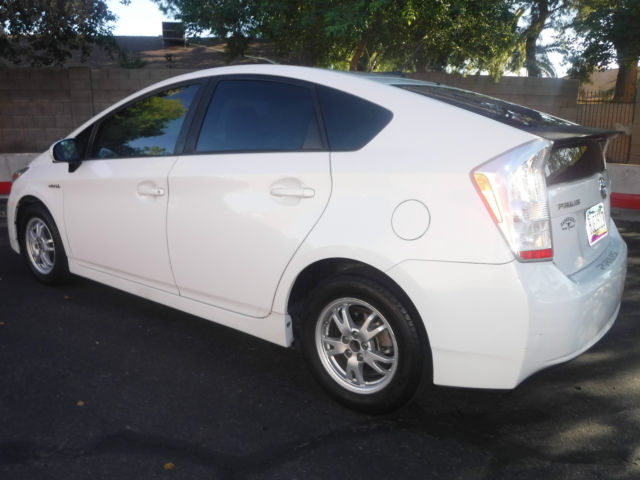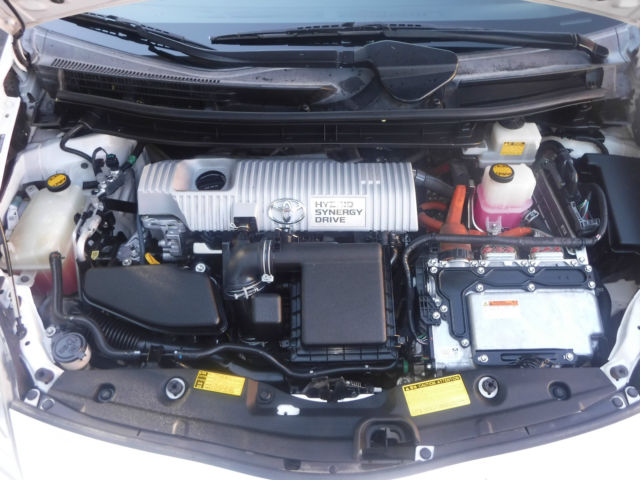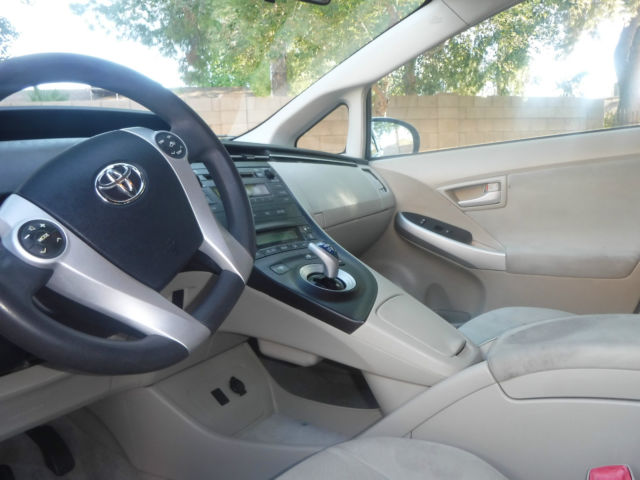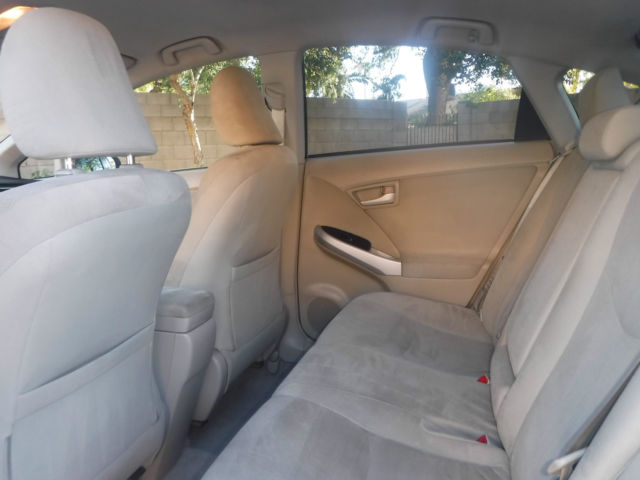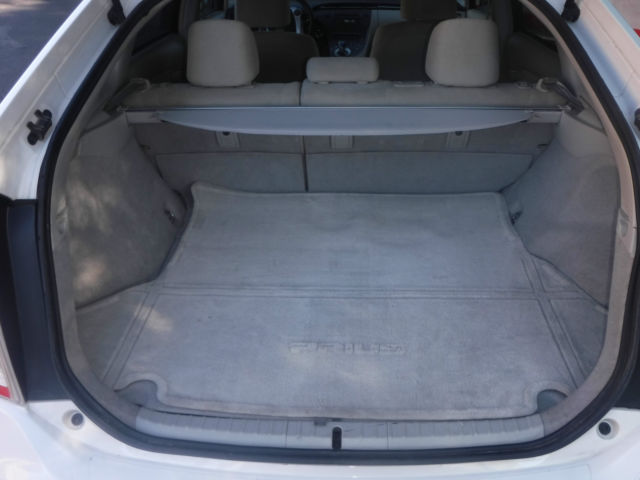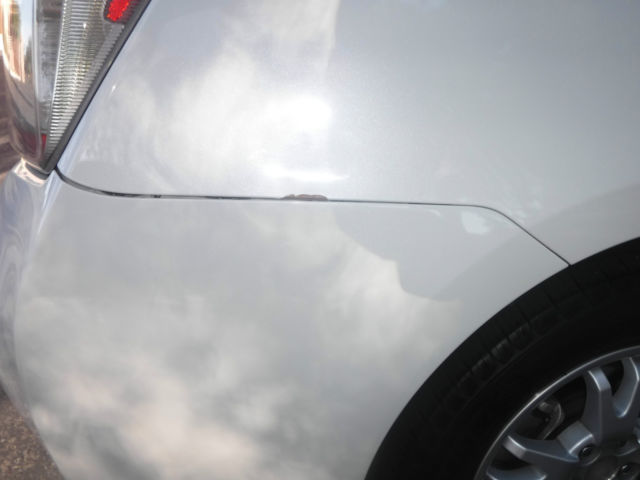2010 Toyota Prius - Very Good Condition - One Owner - Highway Driven (AZ to CA)
- Make: Toyota
- Model: Prius
- Type: Hatchback
- Trim: Base Hatchback 4-Door
- Year: 2010
- Mileage: 198,610
- VIN: JTDKN3DU4A0200129
- Color: White Pearl
- Engine size: 1.8L 1798CC 110Cu. In. l4 ELECTRIC/GAS DOHC Naturally Aspirated
- Number of cylinders: 4
- Power options: Air Conditioning, Cruise Control, Power Locks, Power Windows
- Fuel: Hybrid-Electric
- Transmission: Automatic
- Drive type: FWD
- Interior color: Tan
- Safety options: Anti-Lock Brakes, Driver Airbag, Passenger Airbag, Side Airbags
- Options: CD Player
- Vehicle Title: Clear
- Interested?
2010 Toyota Prius Description
2010 Toyota: Prius Base Hatchback 4-DoorOne Owner Vehicle - Dealership-servicedPurchased in 2010 at Earnhardt Toyota - Chandler, ArizonaDriven in AZ and Southern CA (used for Phoenix to San Diego trips)Very good condition - never used for rideshare drivingToyota debuted the new Prius (2010 US model year) at the January 2009North American International Auto Show,and sales began in Japan on 18 May 2009.Toyota cut the price of the Prius from¥2.331 millionto¥2.05 millionto better compete with theHonda Insight,leading some to wonder whether increased sales of the Prius might come at the expense of sales of other vehicles with higher margins. Competition from lower priced hybrids, such as the Honda Insight, also made it difficult for Toyota to capitalize on the Prius's success.As of June 2013, Toyota has sold about 1,688,000 third-generation Priuses worldwide.
At its introduction in 2009, it won theCar of the Year JapanAward for the second time.
Its new body design is more aerodynamic, with a reduced drag coefficient ofCd=0.25. This figure is disputed byGeneral Motorswhich found the value for the model with 17-inch wheels to be around 0.30 based on tests in GM, Ford, and Chrysler wind tunnels.Car & Drivermeasured the third generation Prius at 0.26 in a privately arranged five-way wind-tunnel test of comparable cars.An underbody rear fin helps stabilize the vehicle at higher speeds. The roof has a special design of a double wave to keep down the air resistance—but this design is not present on the solar roof model.
The estimated fuel-efficiency rating, using the US EPA combined cycle, is 50mpg-US(4.7L/100km; 60mpg-imp).The Prius was the most efficient car powered by liquid fuel available in the US in 2009, based on the official rating.Only the first-generationHonda Insight(2000–2006) equipped with a manual transmission attained a lower fuel consumption rate. The official UK fuel efficiency data for the Prius T3 is Urban 72.4mpg-imp(3.90L/100km; 60.3mpg-US), Extra Urban 76.4mpg-imp(3.70L/100km; 63.6mpg-US), Combined 72.4mpg-imp(3.90L/100km; 60.3mpg-US).
The 1.8-liter gasoline engine (previously 1.5 liters) generates 98hp (73kW), and with the added power of the electric motor generates a total of 134hp (100kW) (previously 110hp or 82kW). The larger engine displacement allows for increased torque, reducing engine speeds (RPM), which improves fuel economy at highway speeds. Thanks to its electric water pump, the Prius engine is the first consumer automotive production engine that requires no accessory belts, which also further improves its fuel economy.The electric motors and other components of the hybrid powertrain are also smaller and more efficient than the industry average.Toyota estimates the new inverter, motor and transaxle are 20 percent lighter.
In constructing the Prius, Toyota used a new range of plant-derived ecologicalbioplastics, made out of cellulose derived from wood or grass instead of petroleum. The two principal crops used arekenafandramie. Kenaf is a member of thehibiscus family, a relative to cotton and okra; ramie, commonly known as China grass, is a member of thenettle familyand one of the strongest natural fibres, with a density and absorbency comparable to flax. Toyota says this is a particularly timely breakthrough for plant-based eco-plastics because 2009 is the United Nations' International Year of Natural Fibres, which spotlights kenaf and ramie among others.To create the third-generation Prius for 2010, Toyota engineers revisited just about everything to eke out further efficiencies. A new front-drive platform underpinned the car, although the wheelbase remained unchanged and overall length grew by a lone centimetre. Weight-saving aluminum was employed in the hood, rear hatch, front axle and brake calipers (disc brakes were finally assigned to all four wheels).
In December 2013,Consumer Reportsnamed the Prius as the "Best Value", for the second year in a row.
High trim levels in the third generation Prius include features like softex trim seats (that look and feel just like leather but are lighter in weight), headlight washers, parking sensors, premium JBL speaker system and electrically operated lumbar support adjustment for the driver's seat.
 2010 Toyota Prius Good Condition
2010 Toyota Prius Good Condition
Mileage: 133,000
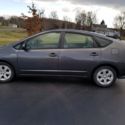 2006 Prius excellent condition with 167,625 highway miles and only one owner
2006 Prius excellent condition with 167,625 highway miles and only one owner
Mileage: 167,625
 2010 Toyota Prius. Clean title. Mainly highway miles. Well-maintained.
2010 Toyota Prius. Clean title. Mainly highway miles. Well-maintained.
Mileage: 193,000
 1 OWNER ALWAYS MAINTAINED NEW LEAF SPRING, ALL HIGHWAY MILES VERY GOOD CONDITION
1 OWNER ALWAYS MAINTAINED NEW LEAF SPRING, ALL HIGHWAY MILES VERY GOOD CONDITION
Mileage: 287,680
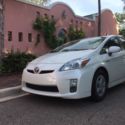 2011 TOYOTA PRIUS 2 HYBRID LOW HIGHWAY MILES ORIGINAL ONE OWNER 85 YEAR OLD
2011 TOYOTA PRIUS 2 HYBRID LOW HIGHWAY MILES ORIGINAL ONE OWNER 85 YEAR OLD
Mileage: 44,741
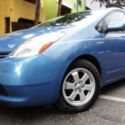 Toyota Prius 2008 HIBRID GOOD CONDITION
Toyota Prius 2008 HIBRID GOOD CONDITION
Mileage: 100,600
 Toyota Prius C, 2012, Hybrid, black, very good condition
Toyota Prius C, 2012, Hybrid, black, very good condition
Mileage: 87,000
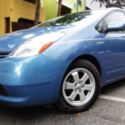 Toyota Prius 2008 HIBRID GOOD CONDITION please call to 813-570-0816
Toyota Prius 2008 HIBRID GOOD CONDITION please call to 813-570-0816
Mileage: 100,600
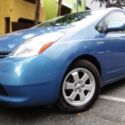 Toyota Prius 2008 HIBRID GOOD CONDITION please call to 813-438-9720
Toyota Prius 2008 HIBRID GOOD CONDITION please call to 813-438-9720
Mileage: 100,600
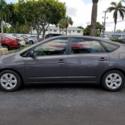 2007 Toyota Prius Touring Hybrid VERY GOOD CONDITION 3 Year old Battery MUST SEE
2007 Toyota Prius Touring Hybrid VERY GOOD CONDITION 3 Year old Battery MUST SEE
Mileage: 130,085
